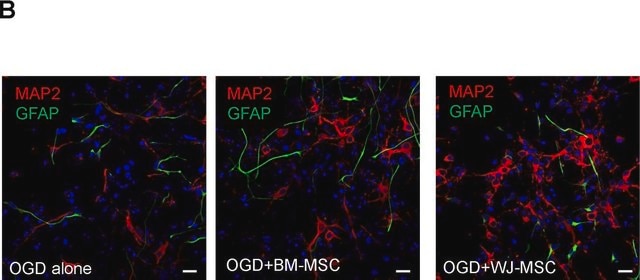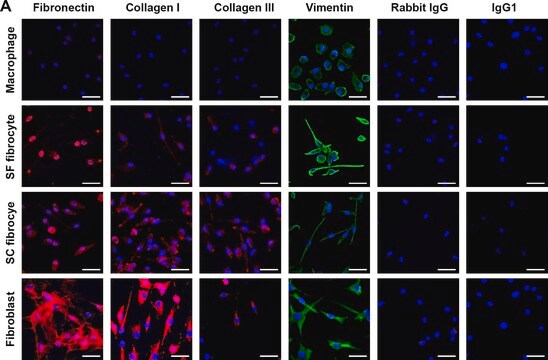MAB5428
Anti-Retinal Pigment Epithelium 65 Antibody
clone 401.8B11.3D9, Chemicon®, from mouse
Sinónimos:
RPE65
Seleccione un Tamaño
151,00 €
Seleccione un Tamaño
About This Item
151,00 €
Productos recomendados
origen biológico
mouse
Nivel de calidad
forma del anticuerpo
purified immunoglobulin
tipo de anticuerpo
primary antibodies
clon
401.8B11.3D9, monoclonal
reactividad de especies
bovine, human, Xenopus, mouse
envase
antibody small pack of 25 μg
fabricante / nombre comercial
Chemicon®
técnicas
ELISA: suitable
immunohistochemistry: suitable
immunoprecipitation (IP): suitable
western blot: suitable
isotipo
IgG
Nº de acceso NCBI
Nº de acceso UniProt
Condiciones de envío
ambient
temp. de almacenamiento
2-8°C
modificación del objetivo postraduccional
unmodified
Información sobre el gen
human ... RPE65(6121)
Especificidad
Inmunógeno
Aplicación
Neuroscience
Sensory & PNS
Immunohistochemistry on frozen tissue sections: 1:250-1:500
Immunoprecipitation: 20 μg of antibody in a reaction volume of 500 μL.
Immunoaffinity purification
ELISA
Optimal working dilutions must be determined by end user.
Descripción de destino
Forma física
Almacenamiento y estabilidad
Nota de análisis
Eye
Otras notas
Información legal
Cláusula de descargo de responsabilidad
¿No encuentra el producto adecuado?
Pruebe nuestro Herramienta de selección de productos.
Opcional
Código de clase de almacenamiento
10 - Combustible liquids
Clase de riesgo para el agua (WGK)
WGK 2
Punto de inflamabilidad (°F)
Not applicable
Punto de inflamabilidad (°C)
Not applicable
Certificados de análisis (COA)
Busque Certificados de análisis (COA) introduciendo el número de lote del producto. Los números de lote se encuentran en la etiqueta del producto después de las palabras «Lot» o «Batch»
¿Ya tiene este producto?
Encuentre la documentación para los productos que ha comprado recientemente en la Biblioteca de documentos.
Filtros activos
Nuestro equipo de científicos tiene experiencia en todas las áreas de investigación: Ciencias de la vida, Ciencia de los materiales, Síntesis química, Cromatografía, Analítica y muchas otras.
Póngase en contacto con el Servicio técnico








